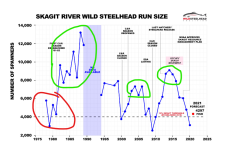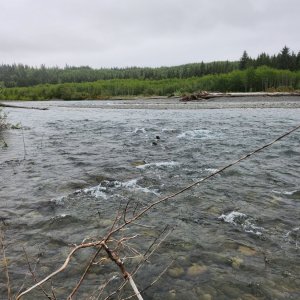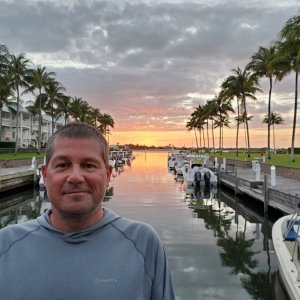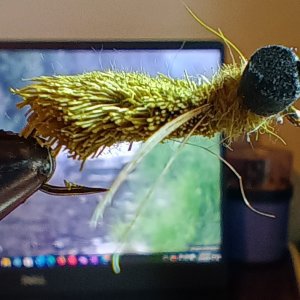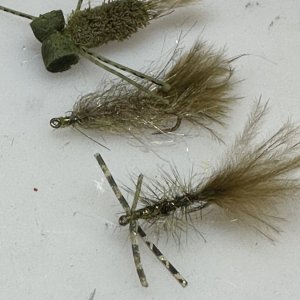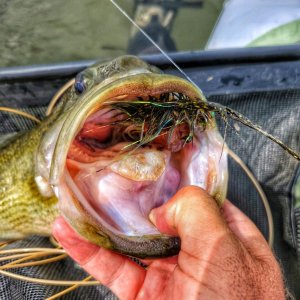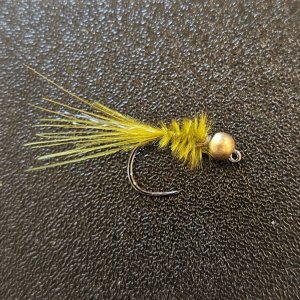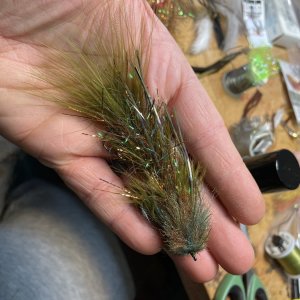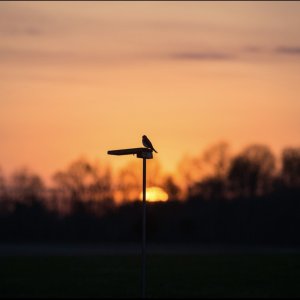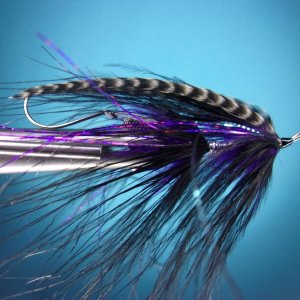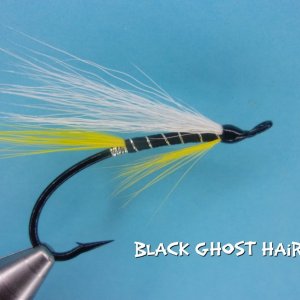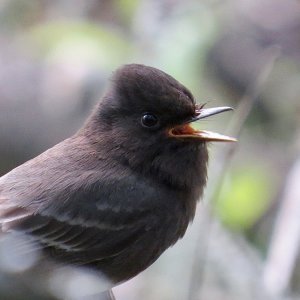Denwor54
Life of the Party
I mirror you experience with poaching we everytime in crossed Cicero and stopped at Hazel there were people fishing gear while the river is closed. I mentioned that also to the department staff and they had no response. I feel if we make change back to we're the reg's we're back when no weighted flies we're allowed we will get to fish again.

